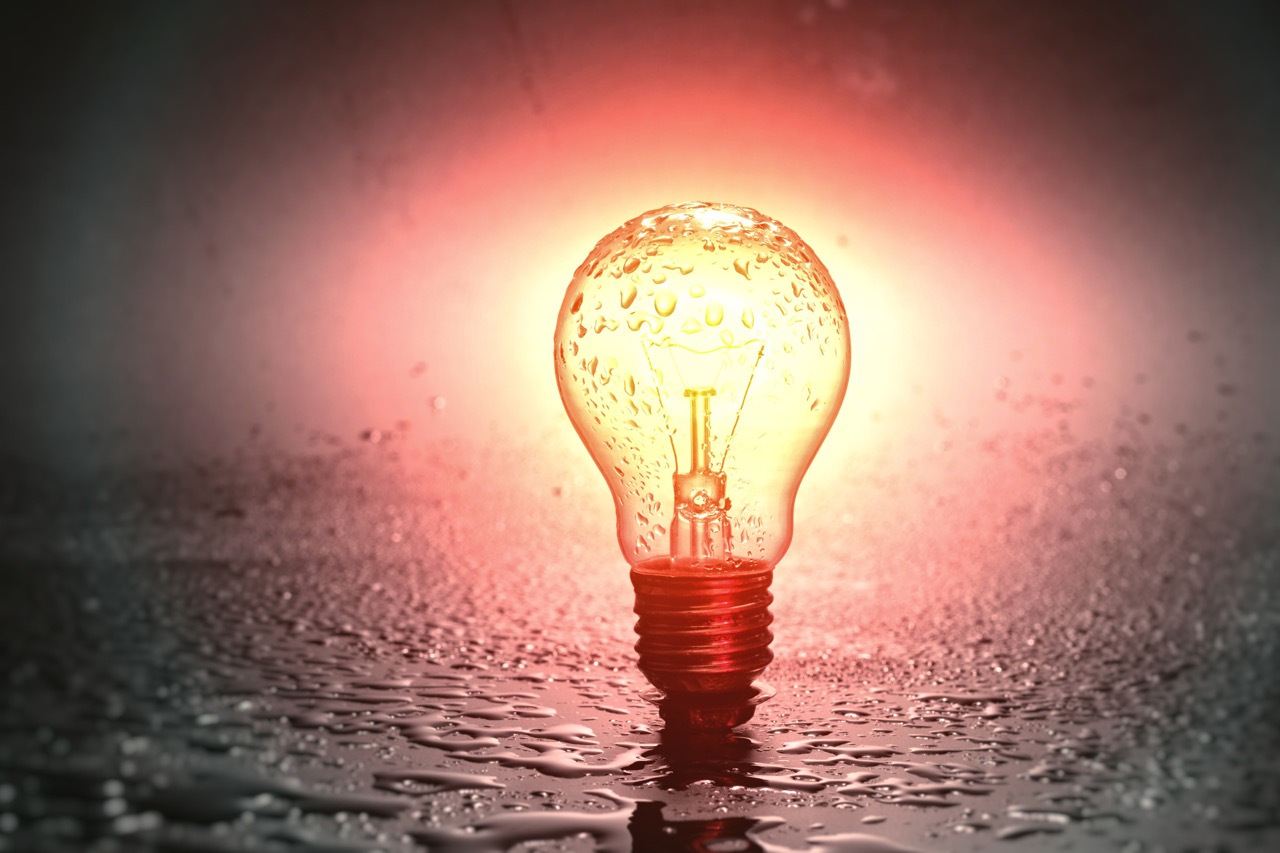

Articles
How Many kWh Does A Light Bulb Use
Modified: October 20, 2024
Discover how many kilowatt-hours (kWh) a light bulb uses in this informative article. Find energy-saving tips and insights to reduce your electricity consumption.
(Many of the links in this article redirect to a specific reviewed product. Your purchase of these products through affiliate links helps to generate commission for Storables.com, at no extra cost. Learn more)
Introduction
Welcome to the fascinating world of light bulbs and their energy consumption! Have you ever wondered how much energy your light bulbs use and what factors contribute to their energy consumption? In this article, we will delve into the topic of kilowatt-hours (kWh) and explore the various factors that affect the energy usage of light bulbs.
Understanding the energy consumption of light bulbs is not only important for environmental awareness but also for managing your electricity bills. By being mindful of your light bulb choices and energy usage, you can make a positive impact on both the planet and your wallet.
Before we dive into the details, let’s familiarize ourselves with the concept of kilowatt-hours (kWh). Kilowatt-hour is a unit of electrical energy commonly used to measure electricity consumption. It represents the amount of energy consumed by an appliance or device when it operates for one hour at a power level of one kilowatt.
Now let’s explore the various factors that can affect how much energy your light bulbs consume.
Key Takeaways:
- Understanding kilowatt-hours (kWh) is essential for managing electricity usage and making informed decisions when choosing energy-efficient light bulbs. Factors such as wattage, light output, and usage duration impact energy consumption.
- Switching to energy-efficient lighting alternatives, such as CFLs and LEDs, can significantly reduce energy consumption and contribute to a more sustainable future. Calculating light bulb energy consumption empowers informed decision-making for environmental and financial benefits.
Read more: How Many Kwh Does An AC Use
Understanding Kilowatt-Hour (kWh)
Before delving into the factors that affect light bulb energy consumption, it’s essential to understand the concept of kilowatt-hours (kWh). As mentioned earlier, a kilowatt-hour is a unit of electrical energy
When you see your electricity bill, it is usually measured in kilowatt-hours, indicating the amount of energy your household consumes over a specific period. For example, if you have a 100-watt light bulb switched on for 10 hours, it will consume 1 kilowatt-hour of electricity (100 watts x 10 hours = 1000 watt-hours = 1 kilowatt-hour).
The kilowatt-hour measurement not only helps utility companies determine your energy consumption but also allows you to calculate and manage your electricity usage effectively. By understanding the kilowatt-hour, you can make informed decisions to reduce energy waste and lower your electricity costs.
It’s worth noting that different appliances and devices have varying energy consumption. Understanding the kilowatt-hour can help you compare and evaluate the energy efficiency of different light bulb types and make more sustainable choices.
Now that we have a basic understanding of kilowatt-hours, let’s explore the factors that influence the energy consumption of light bulbs.
Factors Affecting Light Bulb Energy Consumption
Several factors come into play when determining the energy consumption of light bulbs. Understanding these factors can help you make informed decisions when choosing the right light bulbs for your needs. Here are some key factors:
- Wattage: The wattage of a light bulb refers to the amount of power it consumes. As a general rule, higher wattage bulbs consume more energy compared to lower wattage bulbs. However, with the advancement of LED technology, you can now find energy-efficient bulbs with lower wattages that provide the same amount of brightness as traditional incandescent bulbs.
- Light Output: The amount of light produced by a bulb, known as its light output, is measured in lumens. The higher the light output, the more energy the bulb will consume. However, advancements in lighting technology have allowed for the development of energy-efficient bulbs that provide high lumens while consuming less energy.
- Bulb Type: Different types of bulbs have varying energy consumption. Traditional incandescent bulbs, for example, are known to be inefficient and have a higher energy consumption compared to newer technologies like compact fluorescent lamps (CFLs) and light-emitting diodes (LEDs). CFLs and LEDs are more energy-efficient and can significantly reduce energy consumption.
- Usage Duration: The amount of time you have your light bulbs turned on greatly impacts energy consumption. If you frequently leave lights on in empty rooms or forget to turn them off when not needed, it can significantly increase your energy usage. Being mindful of your lighting habits and turning off lights when not in use can help reduce energy waste.
- Dimmer Switches: The use of dimmer switches can help to reduce energy consumption. By adjusting the brightness level of your lighting based on your needs, you can optimize energy usage and create a more energy-efficient environment.
- Environmental Factors: Environmental factors such as temperature and humidity can also affect the energy consumption of light bulbs. Extreme temperatures may decrease the efficiency of certain types of bulbs, leading to higher energy consumption.
By considering these factors and making energy-conscious choices, you can reduce energy waste and choose light bulbs that are both efficient and suitable for your lighting needs.
Types of Light Bulbs and Their Energy Usage
There are several types of light bulbs available, each with its own energy usage characteristics. Let’s explore some of the most common types:
- Incandescent Bulbs: Incandescent bulbs are the traditional type of light bulb that have been in use for many years. These bulbs work by passing an electric current through a filament, which then emits light. Incandescent bulbs are known for their warm, yellowish light. However, they are highly inefficient, converting only about 10% of the energy they consume into visible light, with the remaining 90% being wasted as heat. Due to their inefficiency, incandescent bulbs have been phased out in many countries.
- Compact Fluorescent Lamps (CFLs): CFLs are a more energy-efficient alternative to incandescent bulbs. They work by passing an electric current through a tube containing mercury vapor, which emits ultraviolet light. This, in turn, causes the phosphor coating on the tube to emit visible light. CFLs consume around 75% less energy than incandescent bulbs and can last up to ten times longer.
- Light-Emitting Diodes (LEDs): LEDs are the most energy-efficient type of light bulb available. They work by passing an electric current through a semiconductor, which emits light. LEDs consume up to 80% less energy than incandescent bulbs and have a lifespan that can exceed 25,000 hours. They are highly versatile and are available in a wide range of colors and brightness levels.
- Halogen Bulbs: Halogen bulbs are a type of incandescent bulb that uses halogen gas to improve energy efficiency and prolong the life of the filament. They offer a similar warm, yellowish light to traditional incandescent bulbs but are slightly more energy-efficient.
- High-Intensity Discharge (HID) Bulbs: HID bulbs are typically used for outdoor and industrial lighting. They produce light by passing an electric current through a gas or vapor, such as mercury vapor or metal halide. HID bulbs are highly efficient and provide bright, intense light.
While the initial cost of CFLs and LEDs may be higher than traditional incandescent bulbs, their energy savings and longer lifespan make them a more cost-effective choice in the long run. It is important to consider the type of light bulb that best suits your lighting needs while taking into account its energy usage.
LED light bulbs typically use about 25-80% less energy than traditional incandescent bulbs. To calculate the kWh usage, multiply the wattage of the bulb by the number of hours it is used, then divide by 1000.
How to Calculate Light Bulb Energy Consumption
Calculating the energy consumption of a light bulb is a straightforward process. By following these steps, you can determine how much energy your light bulbs use:
- Identify the wattage: Look for the wattage rating mentioned on the light bulb or its packaging. This number indicates the amount of power the bulb consumes.
- Determine the number of hours used: Estimate or keep track of the number of hours each day that the light bulb is switched on. This will give you an idea of the usage duration over a specific period, such as a month or a year.
- Calculate the energy consumption: Multiply the wattage of the light bulb by the number of hours it is used. For example, if you have a 60-watt bulb that is turned on for 4 hours a day, the calculation would be: 60 watts x 4 hours = 240 watt-hours. To convert watt-hours to kilowatt-hours, divide the result by 1,000, since there are 1,000 watt-hours in a kilowatt-hour. In this case, 240 watt-hours / 1,000 = 0.24 kilowatt-hours.
By performing this calculation, you can determine the energy consumption of a single light bulb over a given period. This information can be useful in managing your electricity usage and estimating the impact on your energy bill.
Keep in mind, however, that this calculation is based on the assumption that the light bulb operates at its maximum rated wattage for the entire time it is switched on. In reality, many light bulbs may not be operating at their maximum wattage due to dimmers, timers, or other factors that can adjust the power consumption.
Additionally, it’s important to consider the combined energy consumption of all the light bulbs in your household to get a more accurate estimate of your overall lighting energy usage.
Now that you know how to calculate light bulb energy consumption, you can make informed decisions and choose energy-efficient options to reduce your environmental impact and save on your electricity bills.
Read more: How Many Kwh Does A Refrigerator Use
Typical Energy Consumption of Common Light Bulbs
The energy consumption of light bulbs can vary depending on their type and wattage. Here’s a general overview of the typical energy consumption for some common types of light bulbs:
- Incandescent Bulbs: Traditional incandescent bulbs have been widely used for many years but are known for their inefficiency. A standard 60-watt incandescent bulb consumes about 60 watt-hours of energy for every hour it is in operation.
- Compact Fluorescent Lamps (CFLs): CFLs are more energy-efficient compared to incandescent bulbs. A typical 14-watt CFL can produce the same amount of brightness as a traditional 60-watt incandescent bulb while consuming significantly less energy, around 14 watt-hours for every hour of use.
- Light-Emitting Diodes (LEDs): LEDs are the most energy-efficient option available. A 9-watt LED bulb can produce the same amount of brightness as a 60-watt incandescent bulb while consuming only about 9 watt-hours per hour of operation.
- Halogen Bulbs: Halogen bulbs are a slightly more energy-efficient version of incandescent bulbs. A 43-watt halogen bulb can produce similar brightness to a 60-watt incandescent bulb while consuming approximately 43 watt-hours per hour of use.
- High-Intensity Discharge (HID) Bulbs: HID bulbs, often used for outdoor or industrial lighting, are known for their high efficiency. A typical 400-watt HID bulb can consume around 400 watt-hours per hour of operation.
It’s important to note that these values are approximate averages and can vary depending on specific bulb models, manufacturers, and usage conditions. It’s always recommended to refer to the manufacturer’s specifications for more accurate information regarding the energy consumption of a specific light bulb.
Choosing energy-efficient bulbs such as CFLs or LEDs can significantly reduce your overall energy consumption for lighting purposes. Not only do these bulbs consume less energy, but they also have longer lifespans, resulting in fewer bulb replacements and further energy savings in the long run.
By being aware of the typical energy consumption of common light bulbs, you can make informed decisions when selecting the most suitable and energy-efficient lighting options for your needs.
Energy-Efficient Lighting Alternatives
Switching to energy-efficient lighting alternatives is a great way to reduce energy consumption, lower your electricity bills, and contribute to a more sustainable future. Here are some popular options to consider:
- Compact Fluorescent Lamps (CFLs): CFLs are a cost-effective and energy-efficient alternative to incandescent bulbs. They use approximately 75% less energy and can last up to ten times longer. CFLs are available in various shapes, sizes, and color temperatures to suit different lighting needs. However, it’s important to note that CFLs contain a small amount of mercury, so proper recycling is crucial to prevent environmental pollution.
- Light-Emitting Diodes (LEDs): LEDs are the most energy-efficient lighting option available today. They use up to 80% less energy compared to incandescent bulbs and can last significantly longer, often exceeding 25,000 hours of operation. LEDs are available in a wide range of colors and brightness levels, making them suitable for various lighting applications. While LEDs may have a higher upfront cost, their long lifespan and energy savings make them a cost-effective choice in the long run.
- Halogen Incandescent Bulbs: Halogen incandescent bulbs are a slightly more energy-efficient option compared to traditional incandescent bulbs. They provide a similar warm light but use about 25% less energy. However, they still remain less efficient compared to CFLs and LEDs.
- Natural Light: Maximizing natural light in your home or workspace is an excellent way to reduce the need for artificial lighting during the day. Keep curtains and blinds open, position furniture strategically to allow light to reach all areas, and consider using skylights or light tubes to bring in more natural light. Not only does this save energy, but it also creates a more pleasant and inviting environment.
- Smart Lighting Systems: Smart lighting systems, such as those controlled by motion sensors or timers, can help optimize energy usage by automatically turning off lights when not needed. These systems can be particularly useful in spaces where lights are frequently left on, such as hallways, bathrooms, and outdoor areas.
- Daylight Harvesting Systems: Daylight harvesting systems utilize sensors and automated controls to adjust artificial lighting levels based on the amount of natural light available. These systems can help maintain optimal lighting conditions while minimizing energy consumption by dimming or turning off lights when sufficient natural light is present.
By adopting these energy-efficient lighting alternatives, you can make significant strides in reducing your energy usage and lowering your environmental impact. Not only will you save money on your electricity bills, but you will also contribute to a greener and more sustainable future for generations to come.
Conclusion
Understanding the energy consumption of light bulbs is crucial for both environmental sustainability and managing your electricity bills. By considering various factors such as wattage, light output, bulb type, usage duration, and environmental conditions, you can make informed decisions when selecting the right light bulbs for your needs.
Traditional incandescent bulbs are highly inefficient and consume more energy compared to energy-efficient alternatives such as compact fluorescent lamps (CFLs) and light-emitting diodes (LEDs). CFLs and LEDs provide similar brightness while using significantly less energy and lasting longer. They may have a higher upfront cost, but the long-term energy savings make them a cost-effective choice.
Calculating light bulb energy consumption is a simple process that involves identifying the wattage, determining the usage duration, and multiplying them together to get the energy consumed in watt-hours. Converting watt-hours to kilowatt-hours allows for better estimation of overall energy usage.
It’s important to note that switching to energy-efficient lighting alternatives, maximizing natural light, and utilizing smart lighting systems can have a significant impact on reducing energy consumption. By making these changes, you can not only contribute to a more sustainable future but also lower your electricity bills.
In conclusion, being mindful of the energy consumption of light bulbs and making informed choices can make a positive difference for both the environment and your wallet. Embracing energy-efficient lighting alternatives is a step towards a brighter and greener future.
Frequently Asked Questions about How Many KWh Does A Light Bulb Use
Was this page helpful?
At Storables.com, we guarantee accurate and reliable information. Our content, validated by Expert Board Contributors, is crafted following stringent Editorial Policies. We're committed to providing you with well-researched, expert-backed insights for all your informational needs.
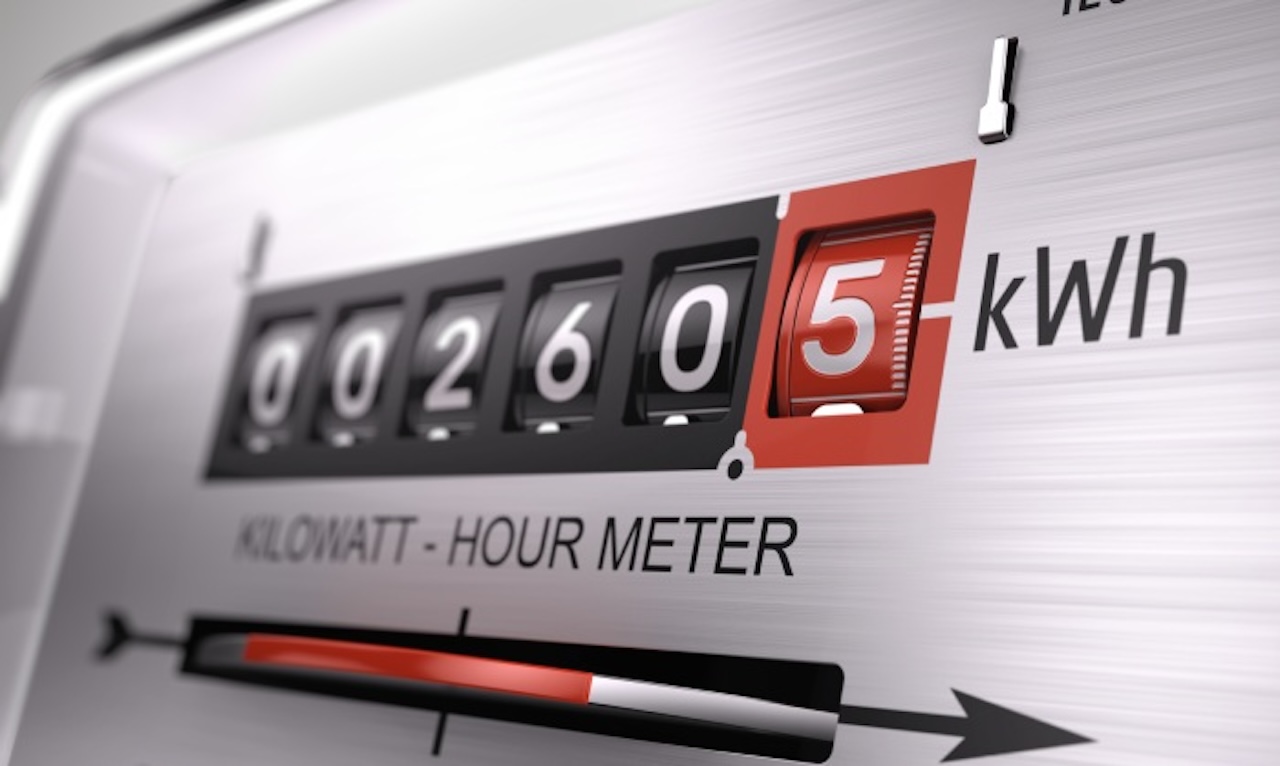
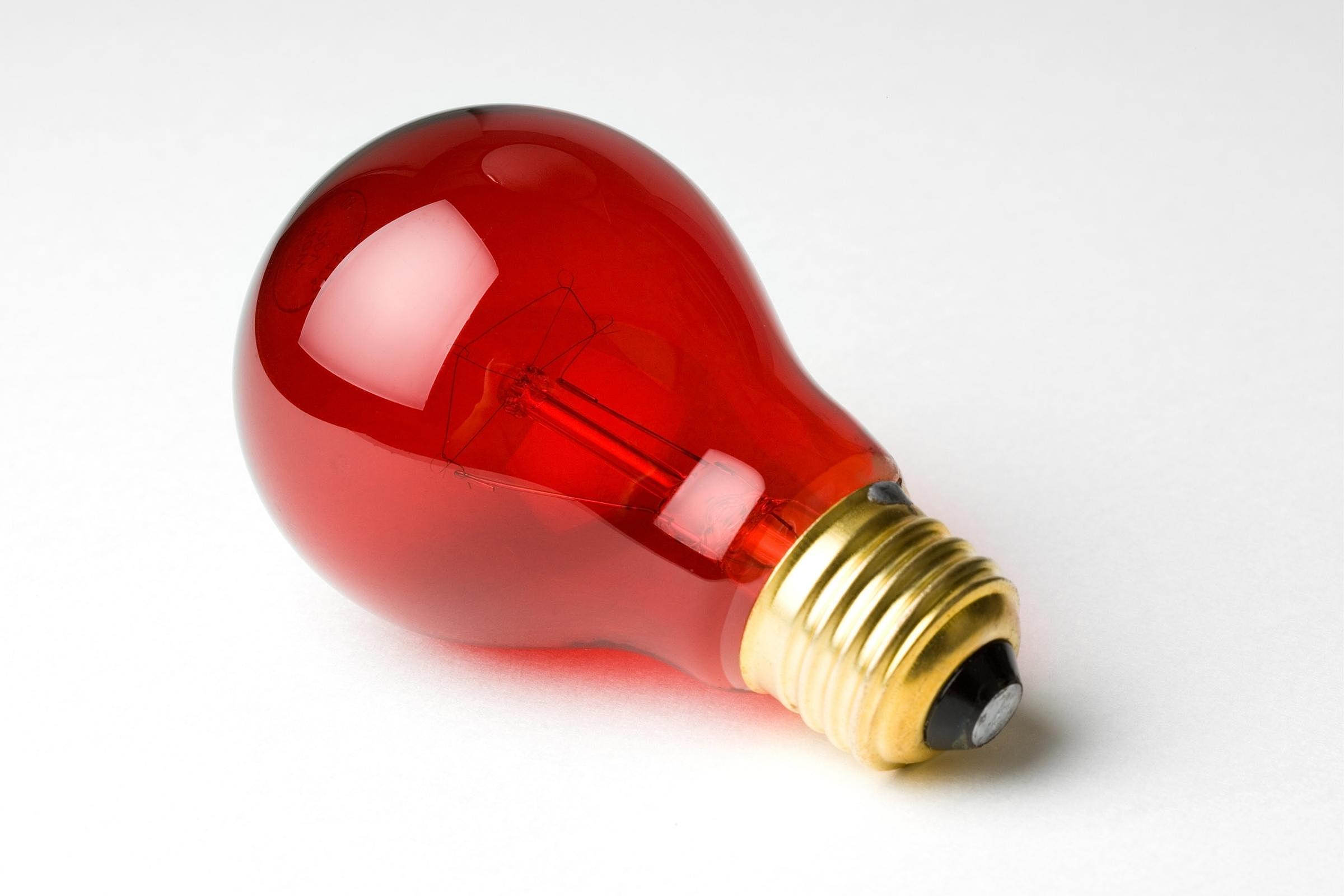
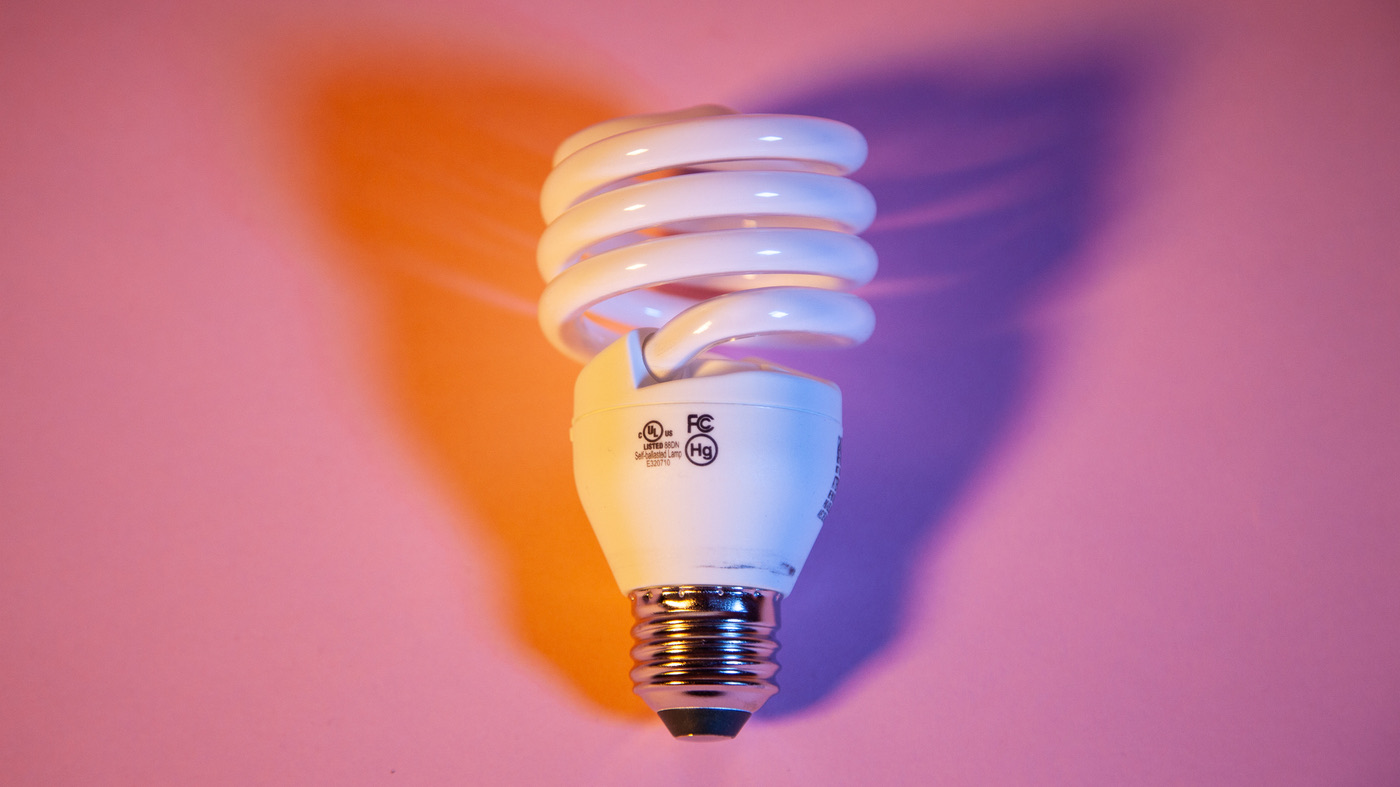
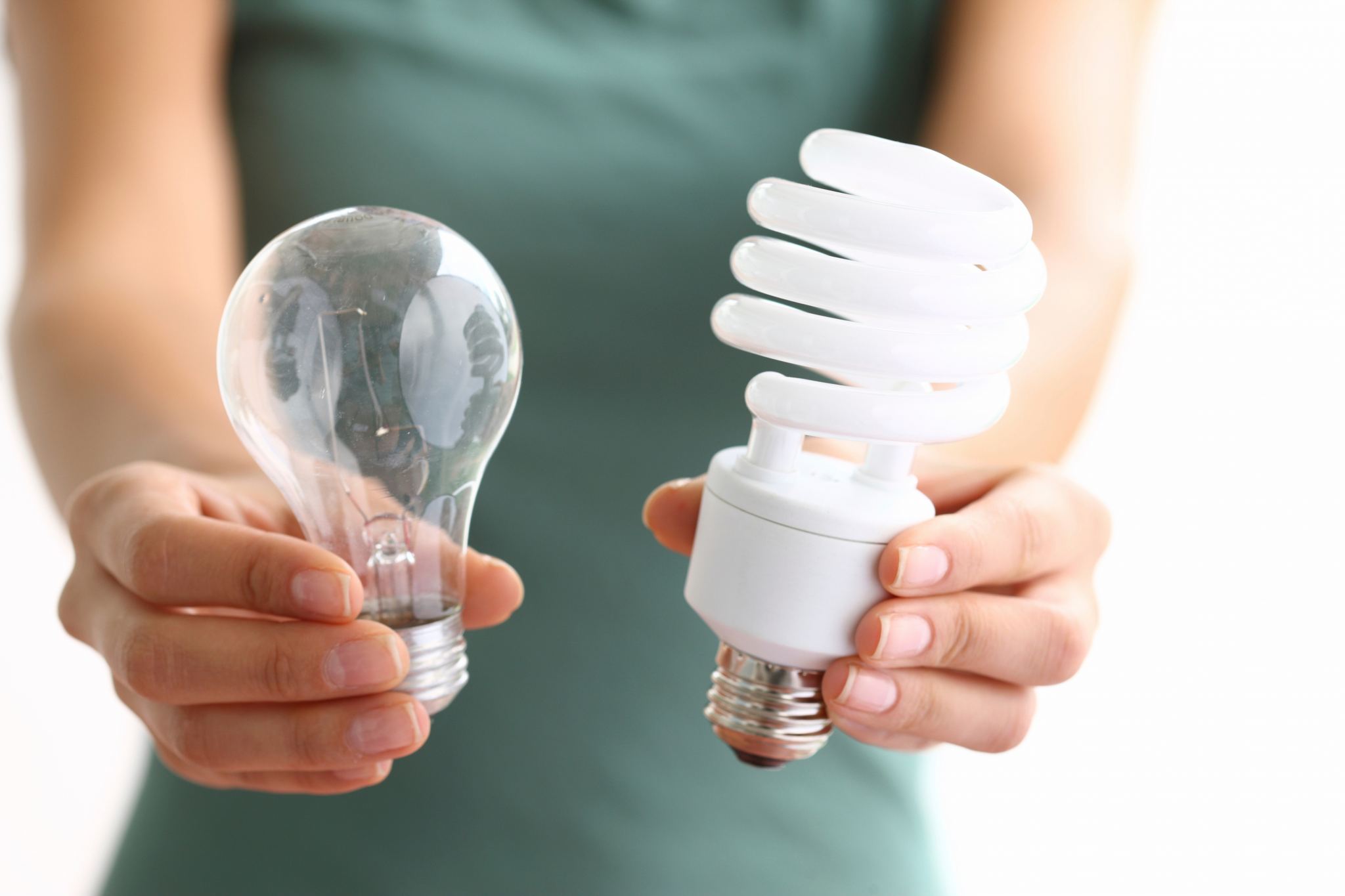
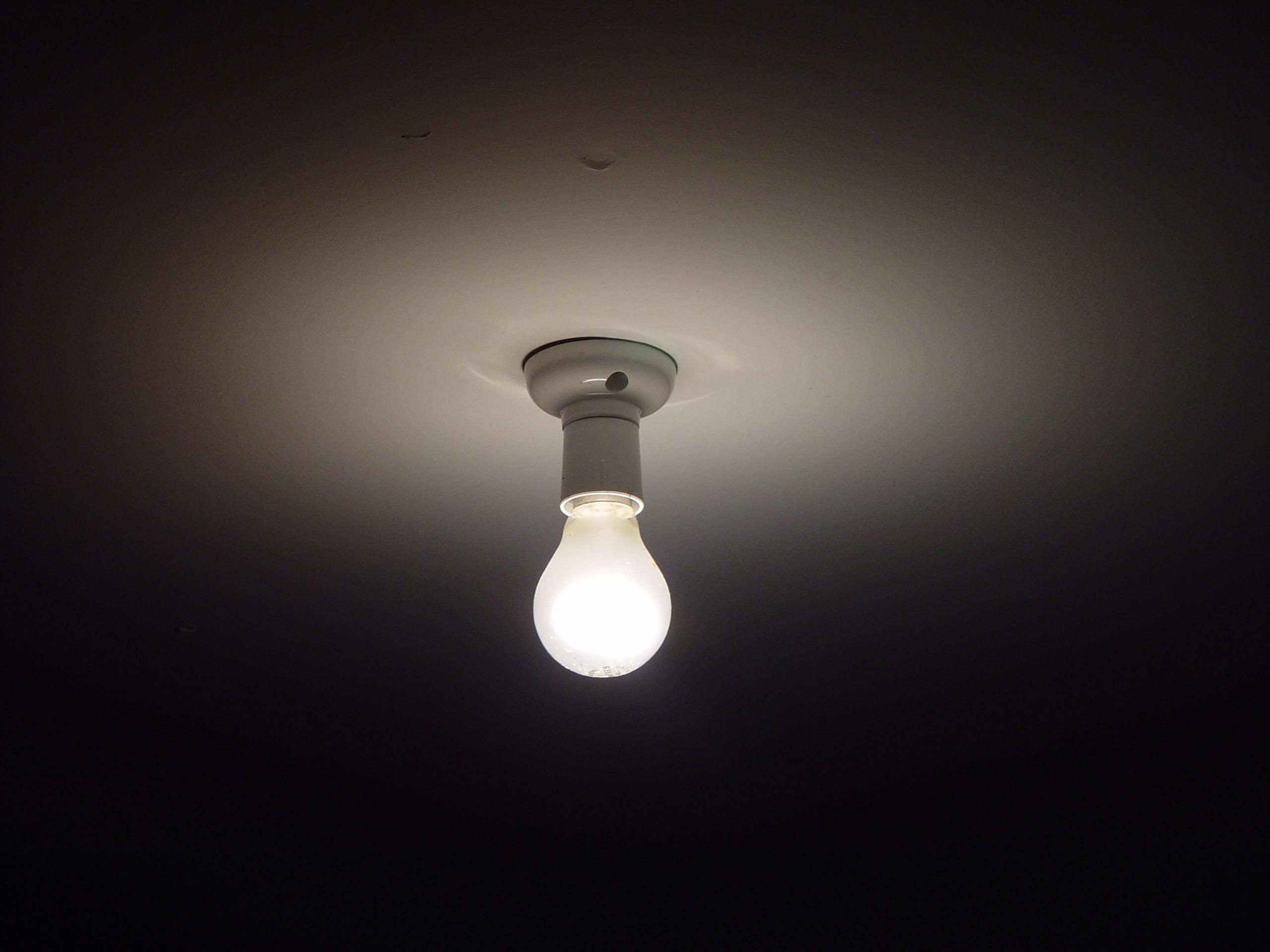
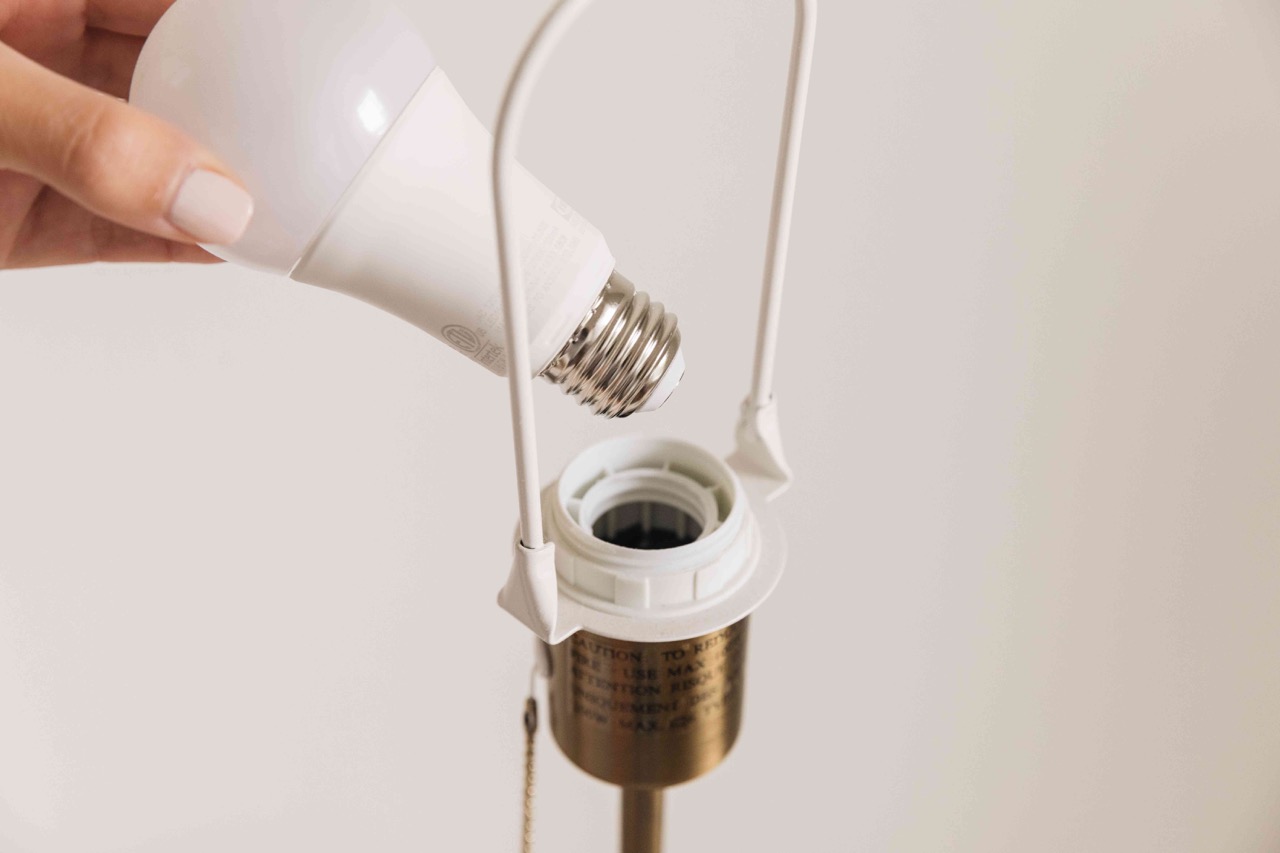
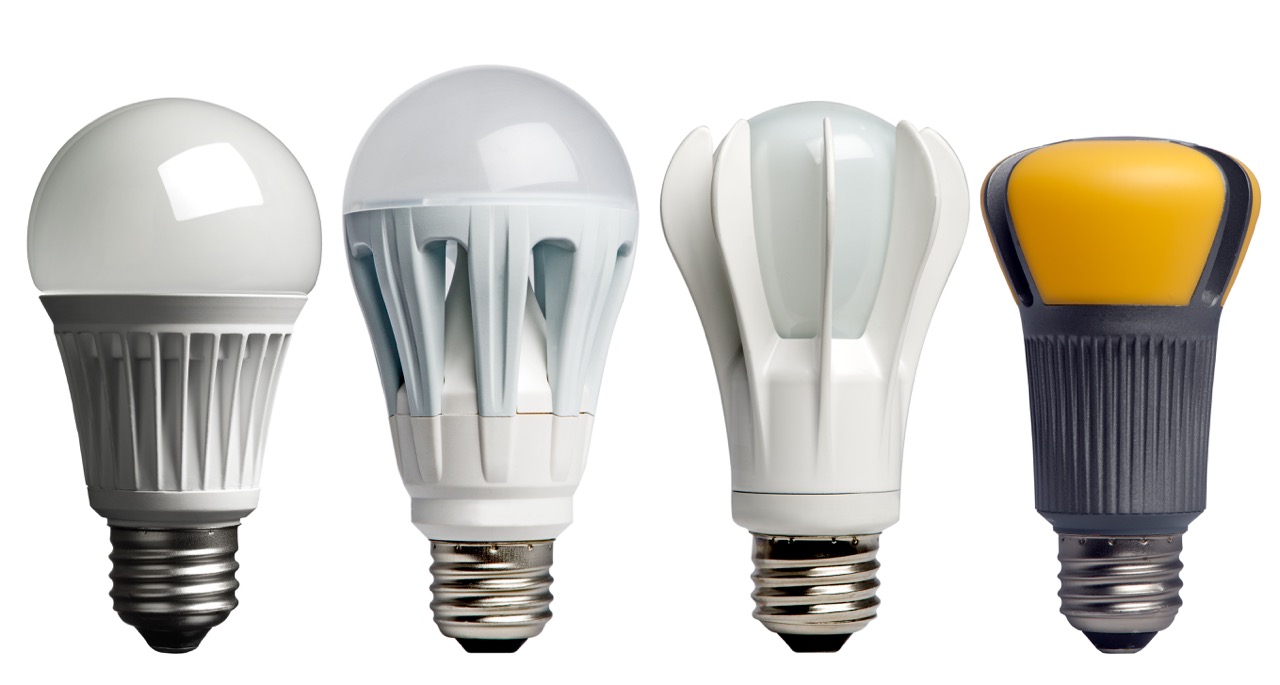
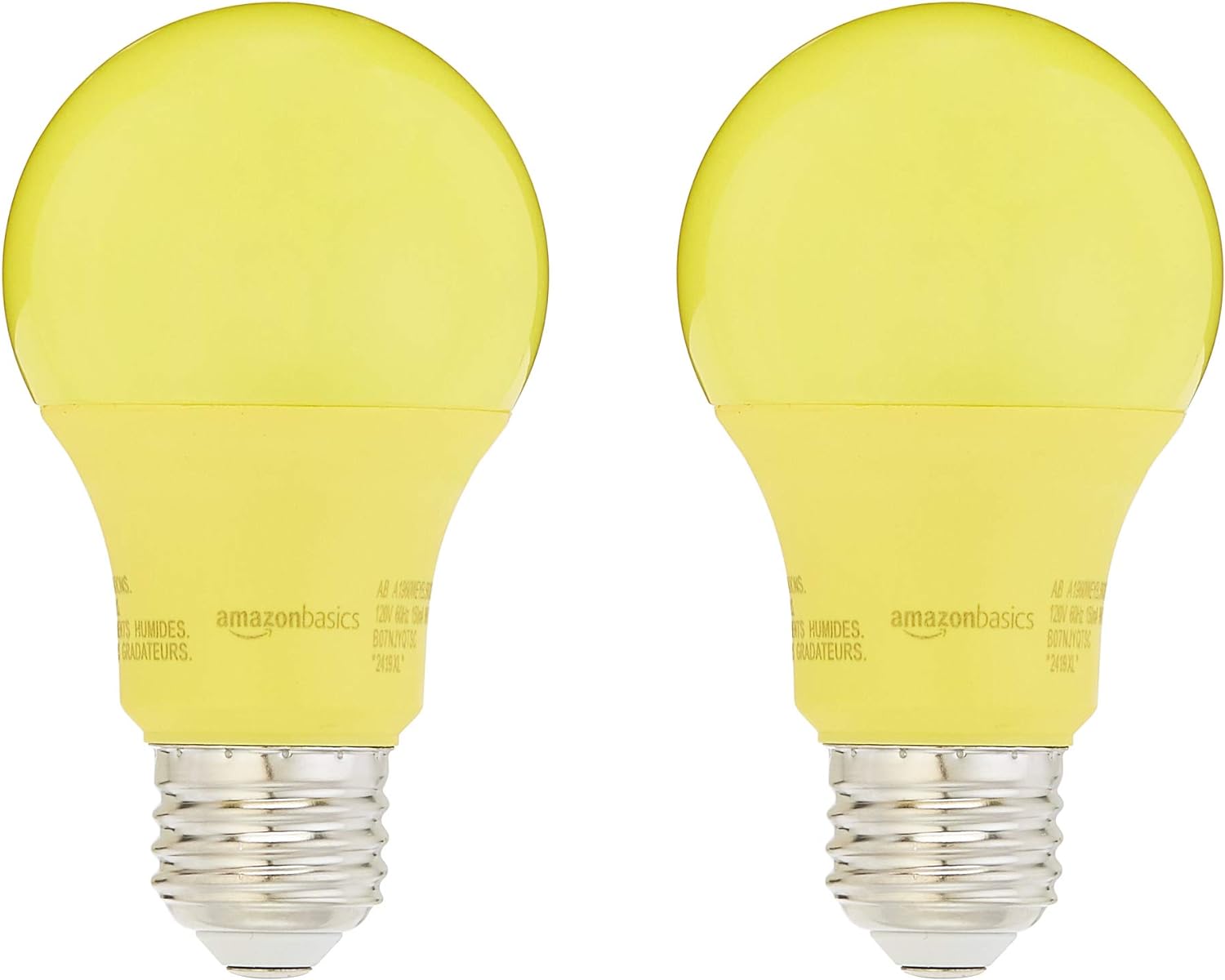
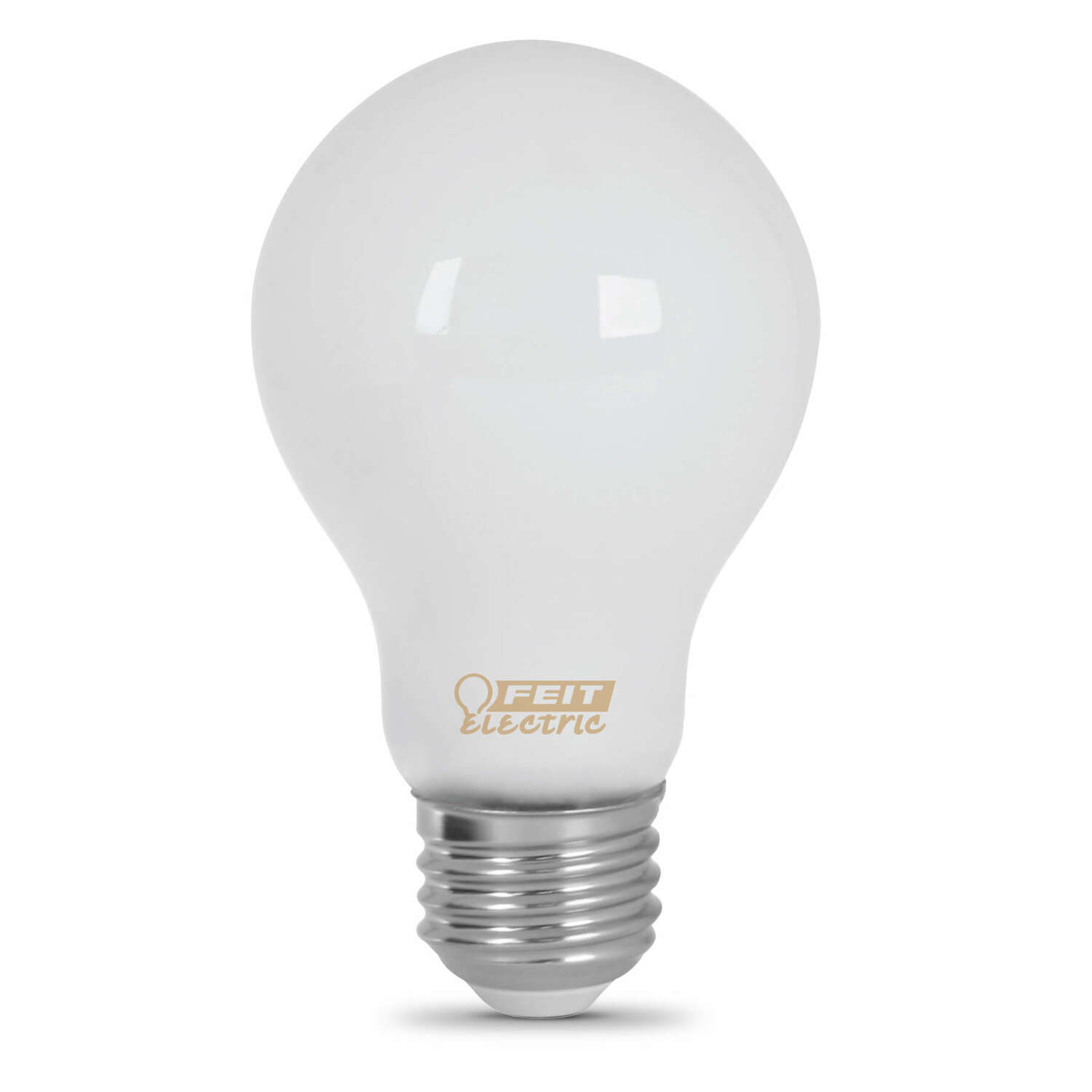
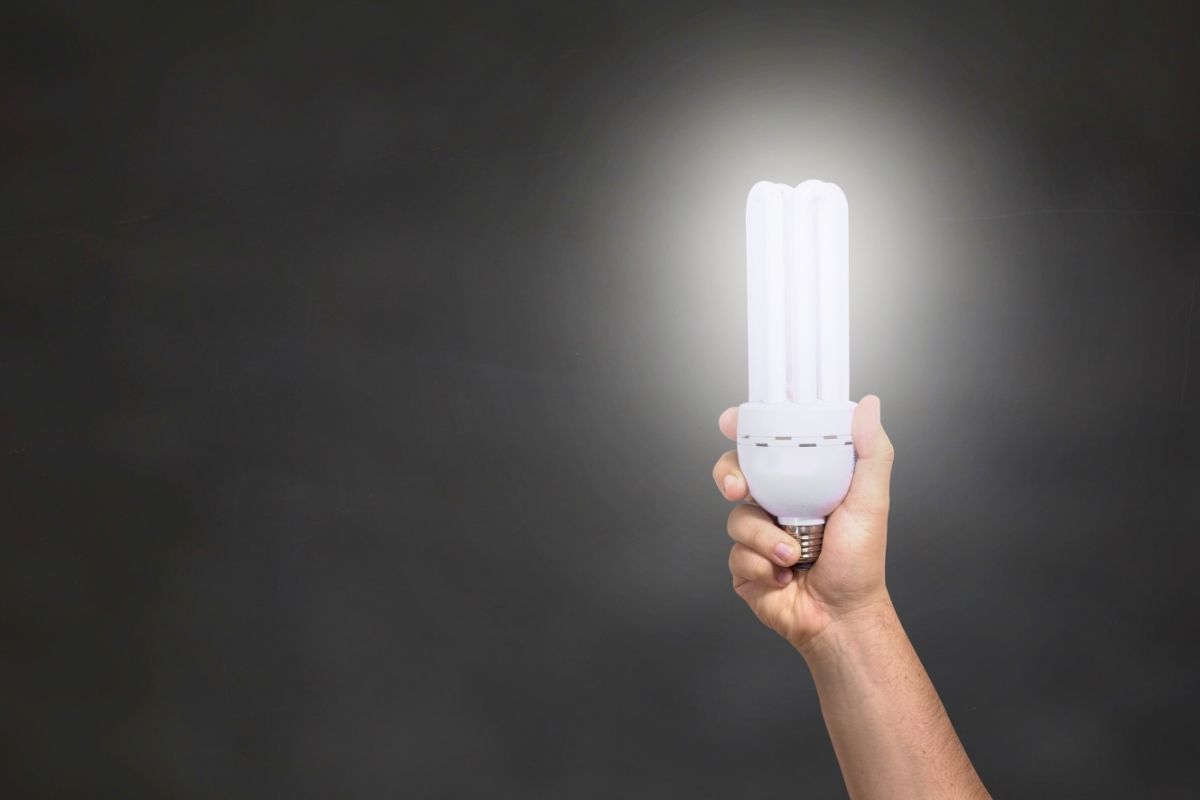
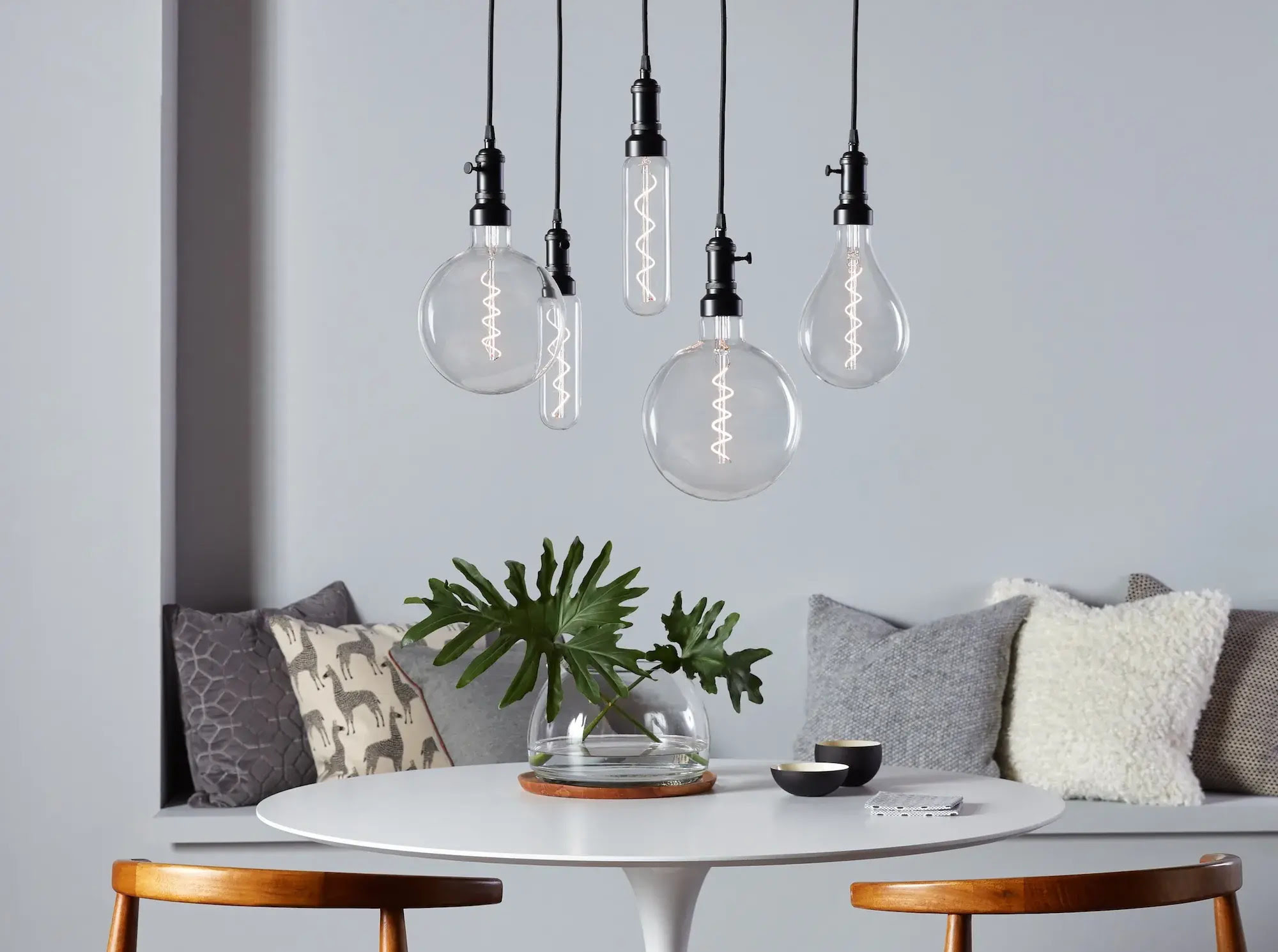
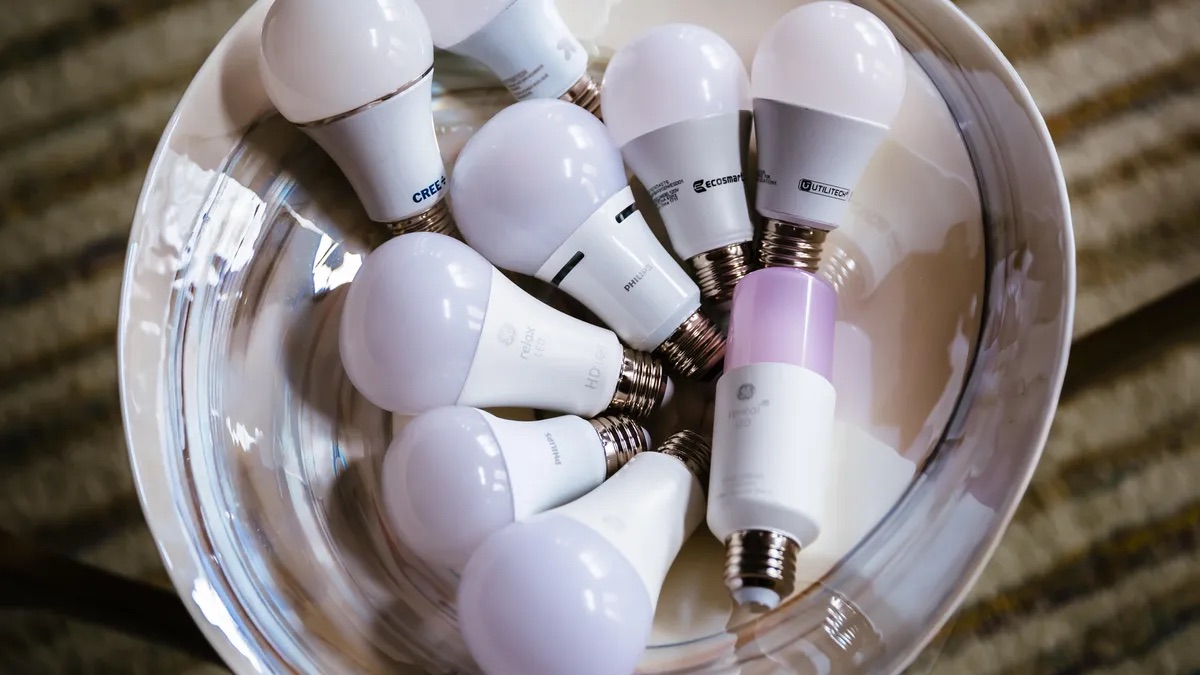
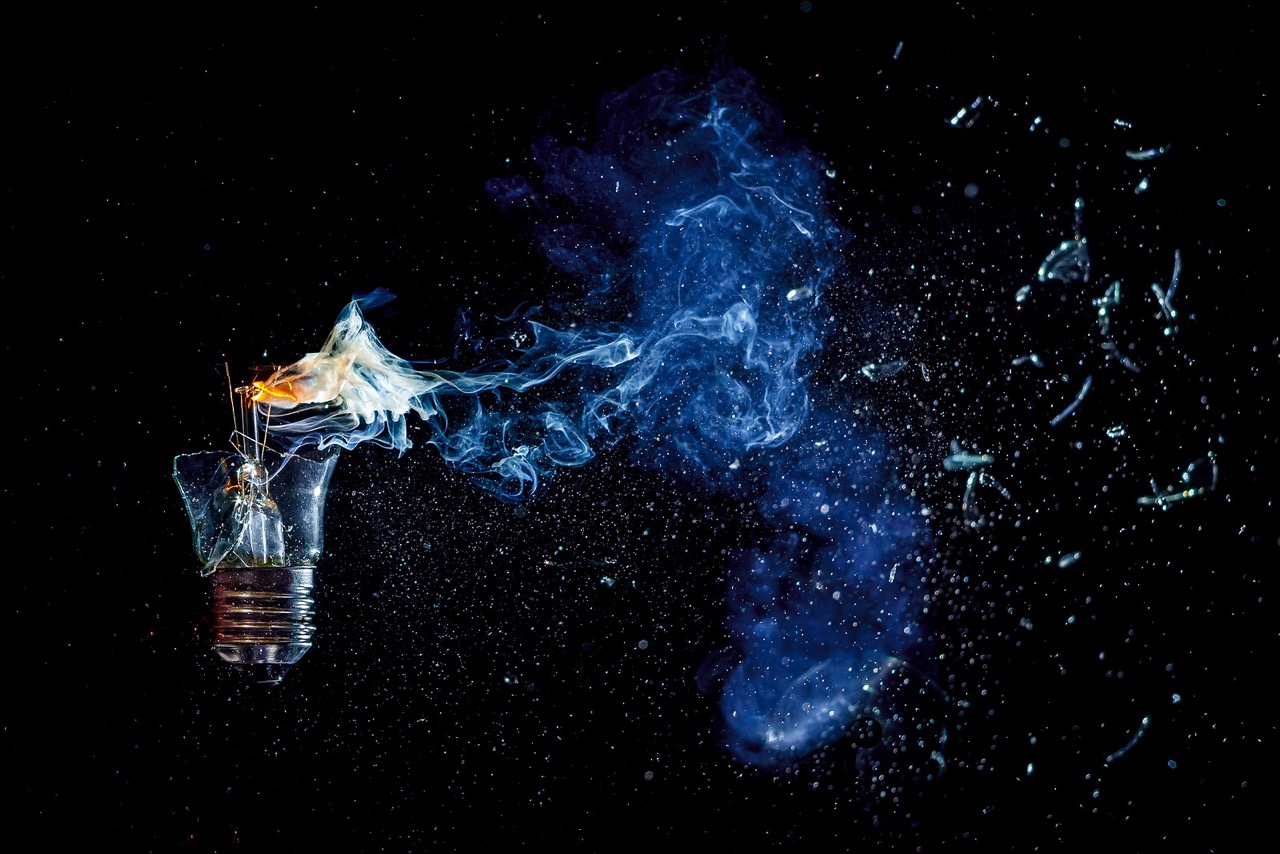
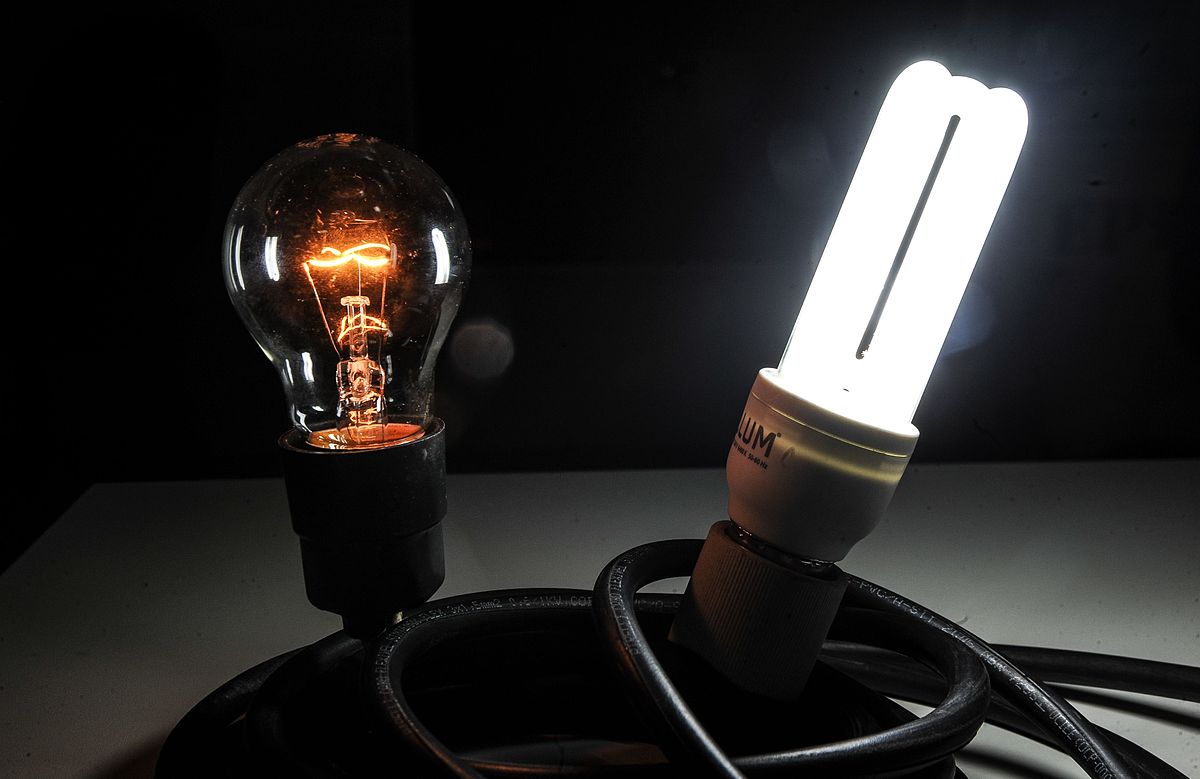

0 thoughts on “How Many kWh Does A Light Bulb Use”